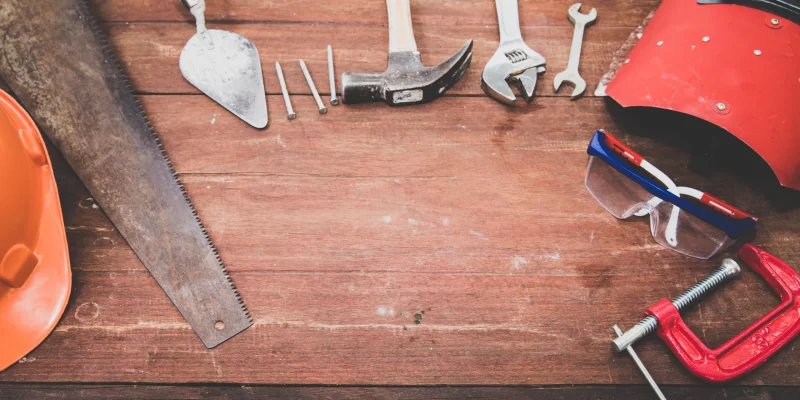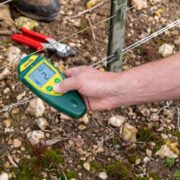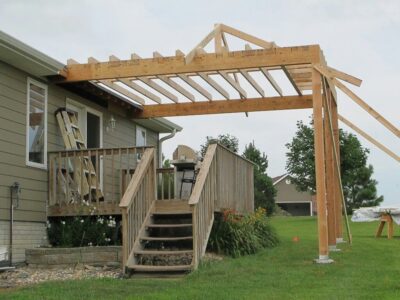Human error is as old as humanity itself. However, during the last 50 years, it has become a subject of scientific study. Concerning engineering products, human error is the failure that occurs in different tasks, which can result in the interruption of scheduled operations and/or damage to equipment. Human errors can be grouped into 6 categories:
– operation errors,
– assembly,
– design,
– inspection,
– installation and
– of maintenance.
Predictive maintenance and characteristics of predictive maintenance
Before entering maintenance, it is ideal to keep in mind the concept of preventive maintenance; Both terms are often confused. Preventive maintenance is a time-based equipment care strategy. For example, if we plan to change the oil in our vehicle every 5,000km traveled. We do the oil change every 5,000km, regardless of the oil conditions or other symptoms that the vehicle may have presented in that period of time.
On the other hand, the objective of predictive maintenance is to evaluate the condition of the machine at all possible times. That’s why if we deal with Atlas Copco GA 90 Compressor, it is important to get its manual, making sure we can evaluate the whole condition.
For this, the symptoms that it emits to the outside are measured, identifying any present or imminent problem. Furthermore, analysis of the data obtained can predict when equipment failure is most likely to occur. Thus, corrective actions can be taken in time. This work methodology can detect failures before they take place, preventing major failures in the system. Therefore, maximizing production.
Characteristics of predictive maintenance
Predictive maintenance bases the need for maintenance on the current condition of the machine, rather than on a preset schedule. Returning to the oil change example, with a preventive maintenance strategy it would be changed when it is scheduled to be changed. With predictive maintenance, measurements are taken on the oil to determine its current condition. Based on the results, it is dictated whether or not a change needs to be made. Thus, after performing the analysis, the technician can determine if the oil can continue to be effective for another 10,000km; instead of just changing it after 5,000km.
Among the characteristics of this maintenance we find:
Greatly reduces the chances of catastrophic failure.
Catastrophic failures take place after long periods of operation when the machine exhibits minor malfunctions. Naturally, each small fault gives rise to larger ones; a snowball effect. Consequently, production stoppages, total loss of the machine, and even catastrophes that can cost the physical integrity of the workers can occur. Predictive maintenance detects small failures. Thus, they are eliminated before they give rise to major malfunctions.
Minimize inventory and buy unnecessary parts
For example, with other maintenance strategies such as preventive, we must have a large number of spare parts available to use according to the recommended schedule. This leads to unnecessary losses, as the full potential of the parts is not fully exploited before they are discarded. Predictive maintenance is characterized by studying all the current symptoms of the machine and determining when they are most likely to fail. Thus, we managed to take advantage of all the components before replacing them.
Reduce costs in the short term
We must bear in mind that implementing a predictive maintenance strategy has a high initial cost. This is because we must train workers to use the measurement tools correctly. Likewise, train them for the analysis of the data obtained. On the other hand, we could hire experts to work temporarily for the duration of the maintenance plan. In addition, equipment such as thermographic cameras, and vibration and ultrasound analyzers have a high cost due to the rarity of their internal components. Similarly, we must have good teams to interpret the data.
Increase productivity
Getting started in the modern industry means constantly competing with other companies. In recent years, the number of companies has grown considerably. So, it is clear that anticipating the problems that may arise allows us to be more productive. Predictive maintenance will allow better performance per hour. Therefore, in large companies or large-capacity machinery, it is the most recommended option. Thus, by achieving greater production, we will have a great advantage over our competitors.
Summary
Predictive maintenance is not the perfect maintenance strategy. There is no such ideal strategy for all cases. Implementing a maintenance strategy depends on each case and initial condition. Therefore, choosing one strategy or another depends on our focus, resources, scope, and capital. However, the characteristics of predictive maintenance make it an ideal strategy for large companies that require constant production; faultlessly. By managing to anticipate problems, production downtime, unnecessary expenses, and, in the worst case, damage to the integrity of operators are avoided.










Comments